How to visit Pompeii, this city which was taken by surprise by an eruption of the Vesuvius a certain 24 August of the year 79?
On the night of October 24 to 25, 79, an eruption of Vesuvius buried five cities around Naples : Herculanum , Oplontis, Boscoreale, Stabies, and Pompei .
Today, the Roman city of Pompeii, extremely well preserved, attracts some 2 million visitors per year. This site classified, in danger, could disappear a second time. Before his access is complicated, you are told how to visit Pompeii.
Presentation of the site of Pompei
Visiting Pompeii is revisiting a tragedy that made several thousand deaths in one day. The town of Pompeii was founded before the 6th century BC, on fertile grounds and along an important commercial road. Located in Campania, it was a flourishing region of the Roman Empire, the peak of its power.
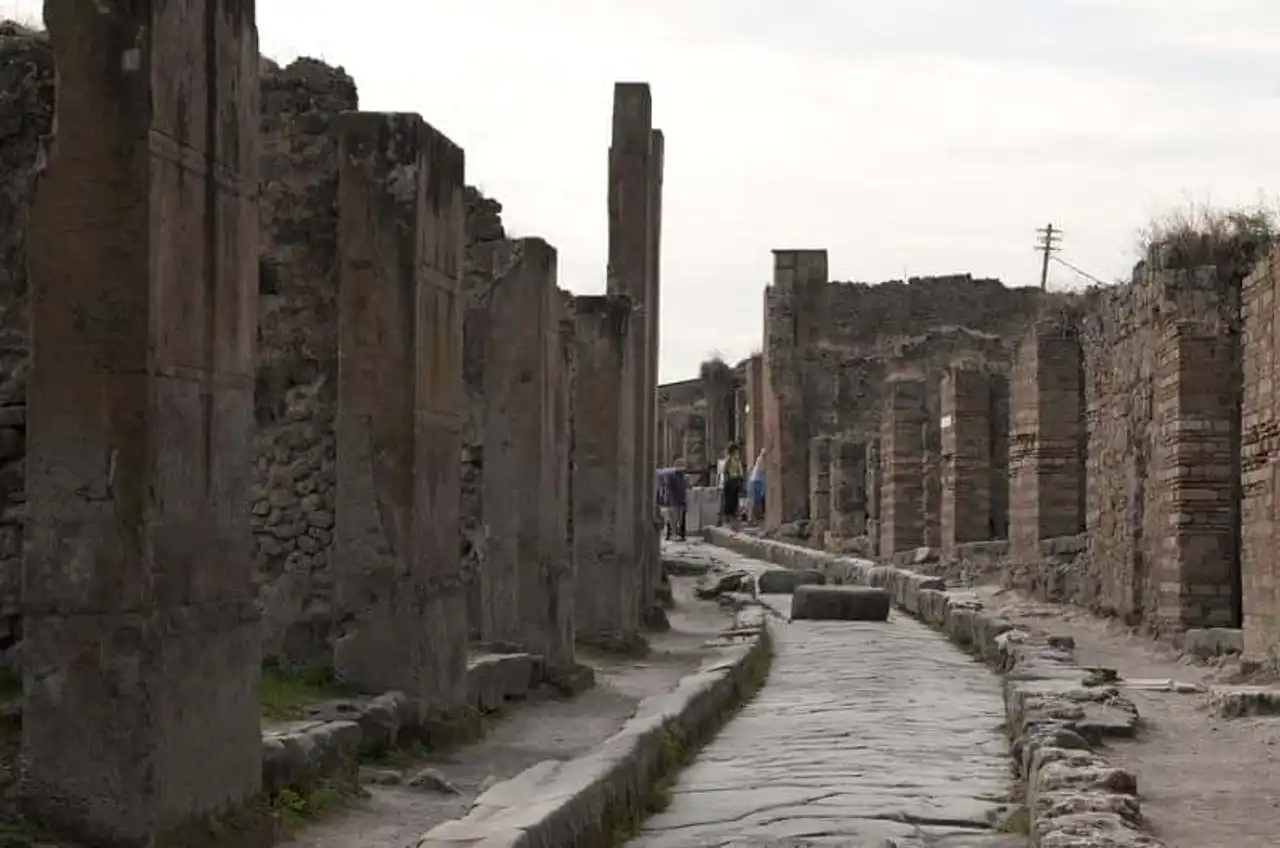
Photo credit: Flickr – Heleen Kwant
The eruption was of such intensity that a vertical column of 20 to 30 kilometers high would have risen above the crater in a few minutes. For 18 hours, rains of ashes, sandstones and several bursts of burning clouds buried Pompeii under 5 to 6 meters of pyroclastic materials. The city was buried under volcanic sediments, not eroded by the weather and waste of time, for more than 1500 years. It was in the 17th century that it was rediscovered in a state of careless conservation.
The archaeologist Giuseppe Fiorelli (1823-1896) was the first to organize research and to carry out the plaster mouldings of the skeletons. The exhumations and archaeological excavations led to a flourishing ancient city, an incredible testimony of the civilization of ancient Rome. The site has been classified as a UNESCO World Heritage Site since 1997.
The eruption of Pompeii, or the history of an unpredictable drama that cost life to several thousand people
These are the writings left by Pline le Jeune, a famous Roman writer, who allowed archaeologists and historians to better understand the course of the eruption of Pompeii. The visit of Pompeii allows you to immerse yourself in the corridors of time.
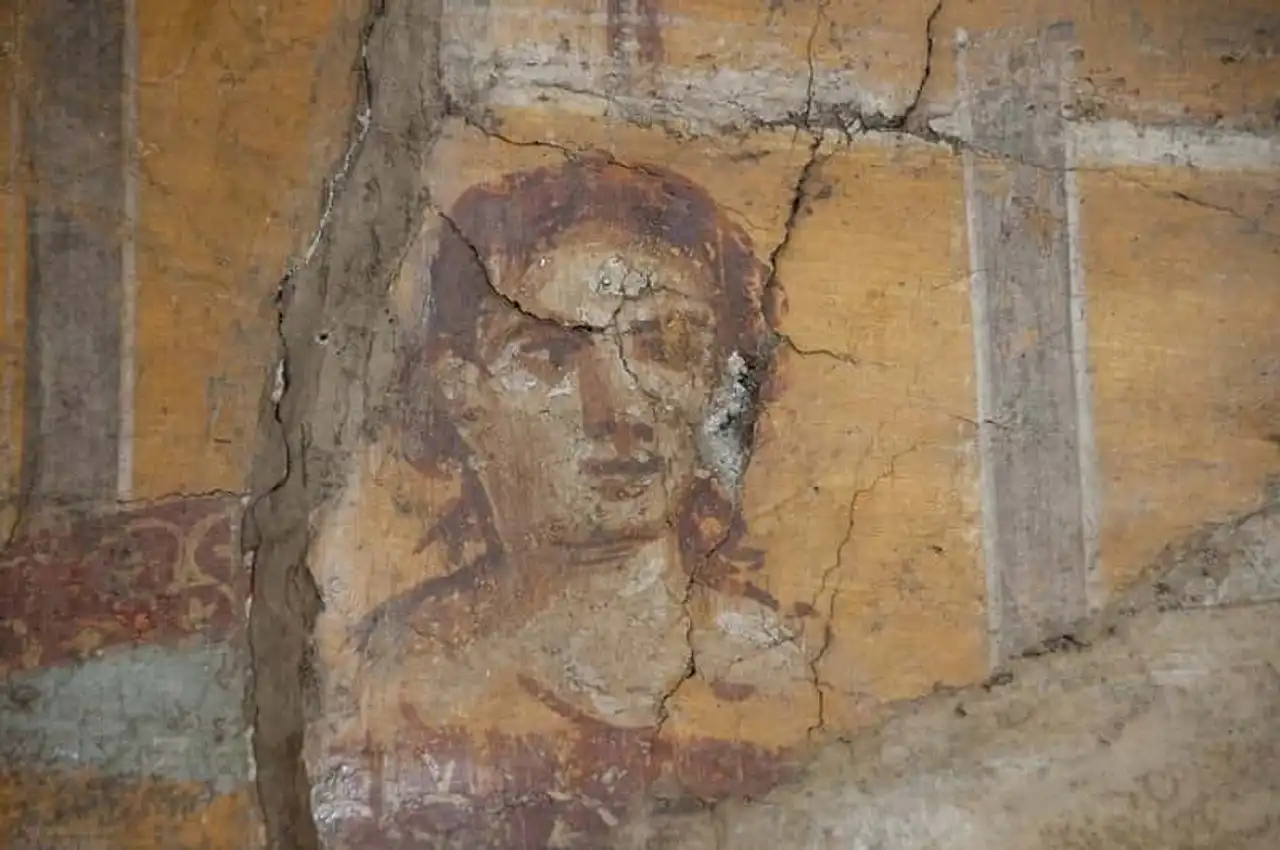
Photo credit: Flickr – Heleen Kwant
Between the year 62 and 70, several earthquakes of significant magnitude had already shaken the cities around the Vesuvius and had caused considerable damage to Naples. The writings of Pline the Young testify that earthquakes were recurring. No one imagined these premonitory draughts of an impending eruption of the volcano. The Vesuvius was also considered extinguished, the last known eruption dating back to the year 217 BC.
By visiting the site, you will be surprised by the state of conservation of the buildings and by the incredible conservation of the bodies, killed instantly by the burning clouds of a temperature of more than 300°C. Burned alive, the victims remained frozen in their last gestures, surprised by death and printed in the ashes for 19 centuries. Pompéi is an open-air museum with the details of a life of every day, six centuries of human life in an effervescent city of 25,000 inhabitants, to the flourishing activities of merchants, craftsmen and rich owners, where everything was extinguished forever in two days.
An eternal silence that still captures visitor 1900 years later. Walking around the streets of the ancient site allows you to discover a glimpse of social life and activities which the inhabitants had: ruins of taverns and theatres, mosaics and frescoes, stables...
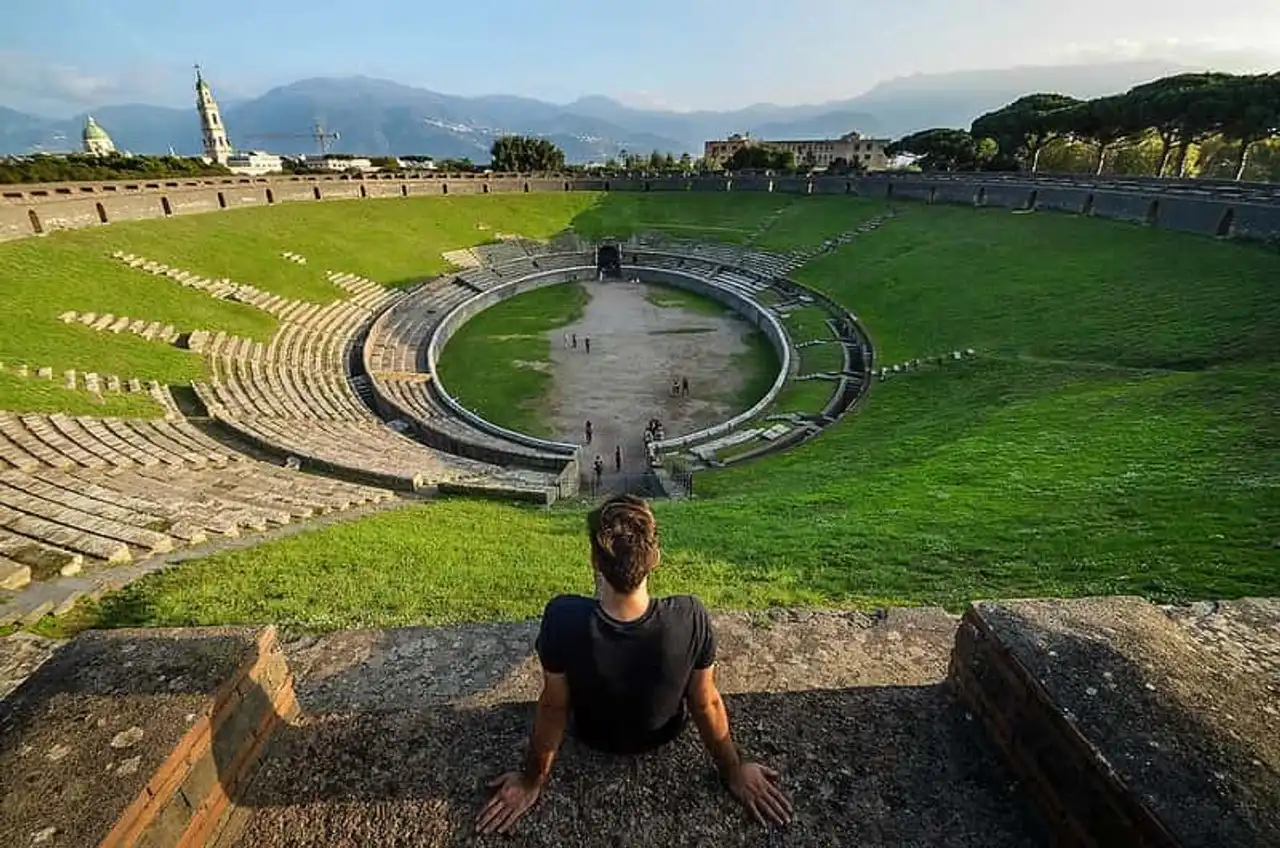
Photo credit: Flickr – Cristiano Medeiros Dalbem
What to see in Pompeii?
Coming to Pompeii, you must not miss the main monuments that are:
- The amphitheatre, which could contain up to 20,000 people
- The great palestre, the training center of the pumped athletes
- The House of Vettii
- La Maison du Faune
- The Forum
- The very well preserved thermal baths
- Villa des Mystères (outside the walls of Pompeii)
- The lupanar
- The moulding of human remains
- The bakery
- The house of the Tragic Poest
- The streets paved in themselves
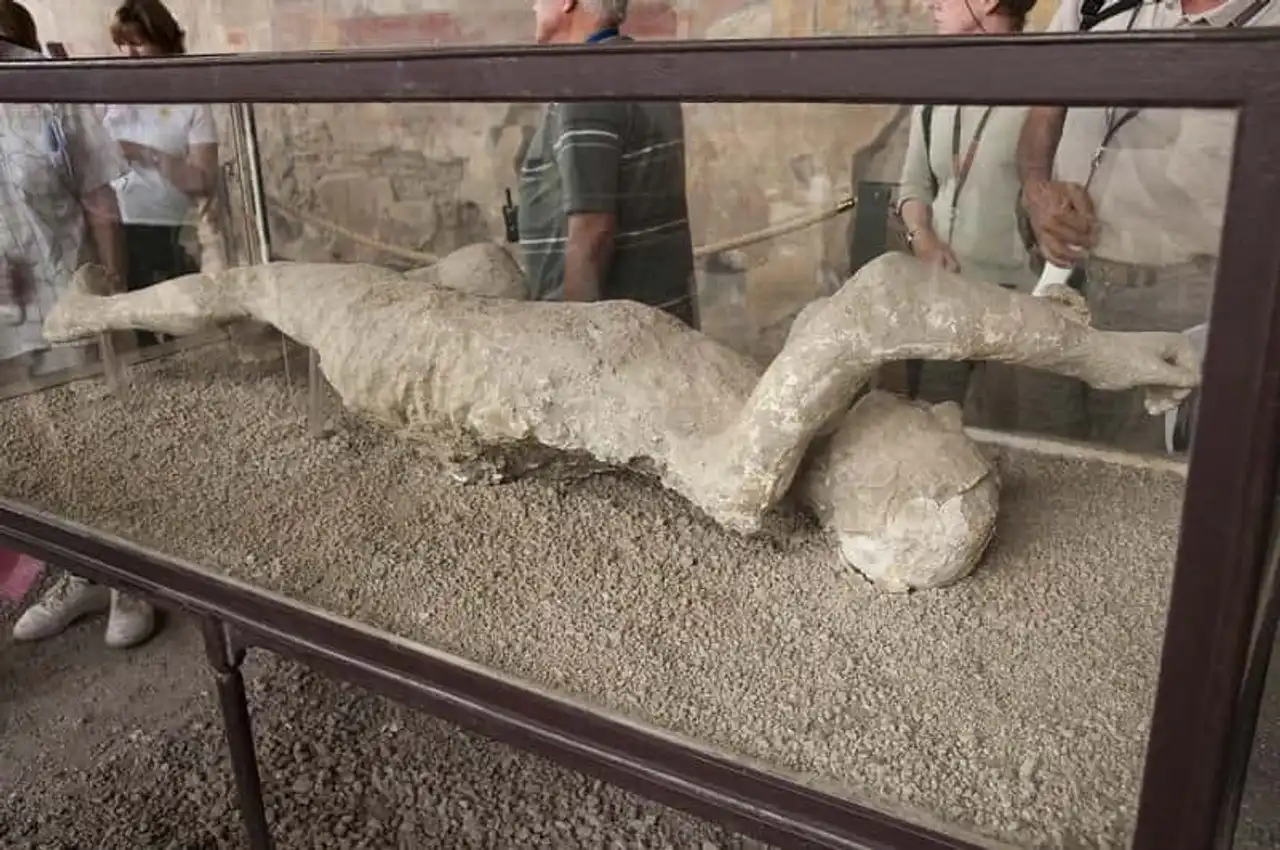
Photo credit: Flickr – Heleen Kwant
How to visit Pompeii?
You could spend a whole day in Pompeii, but a 2 or 3 hour visit is already enough to see the essentials of the archaeological site. The site is completely pedestrian. It is possible to rent a bike but the paved typically Roman does not allow to easily move on two wheels. It is also necessary to provide good shoes to be comfortable, because walking here can be tiring for some people, especially in the summer by high heat. Note that disabled travellers should prefer the entrance to Piazza Anfiteatro, where a route has been designed to meet the needs of people with reduced mobility (also worthwhile for parents with strollers).
When buying your ticket, you should receive a map of the site and a brochure listing the main attractions. A site map is essential if you want to see a maximum in such a short period of time. Even with a map, visiting Pompeii is a bit like a walk in a labyrinth. Many roads, apparently open by map, are blocked due to searches or works.
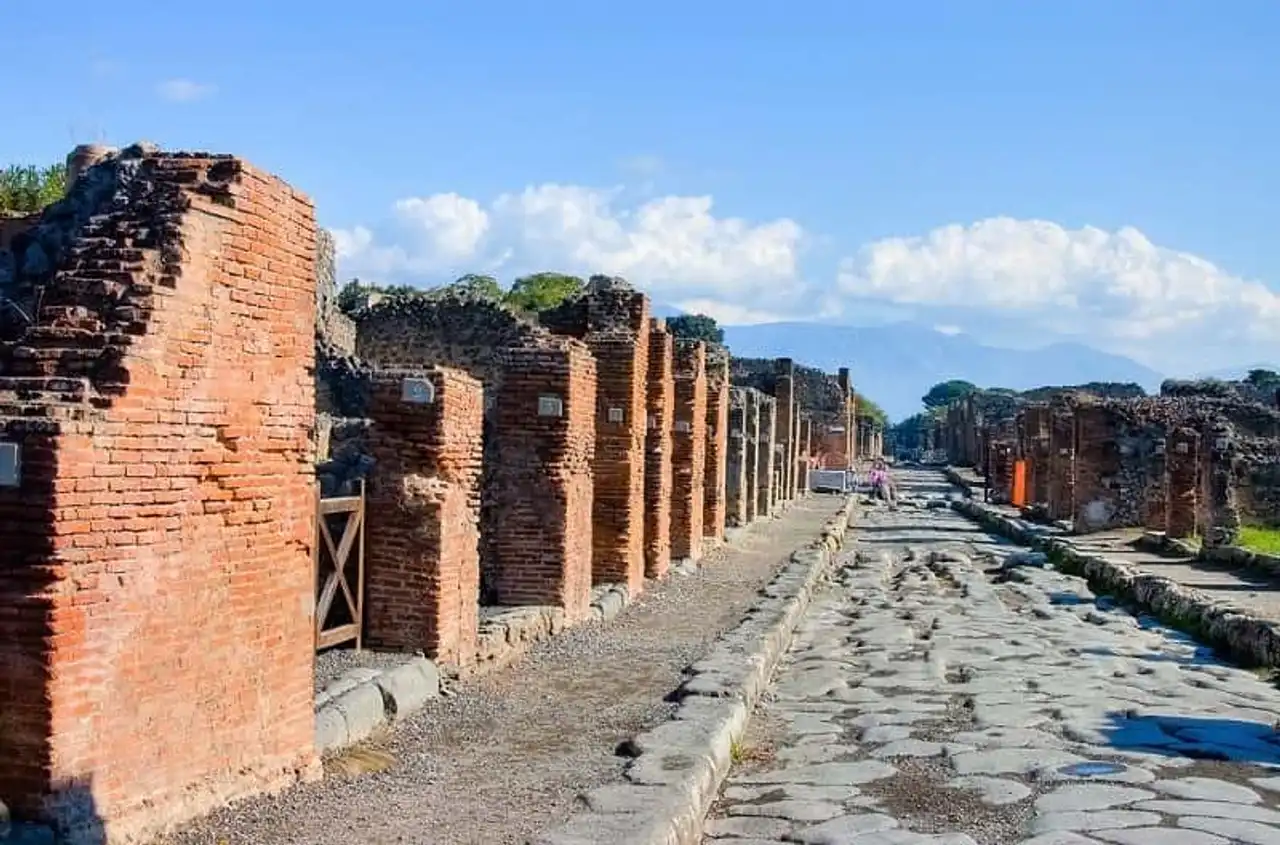
Photo credit: Flickr – Dmitry K
How to get to Pompeii?
If you are going to visit Pompeii by your own means, without a guide, you can go there in two ways from Naples:
- By train . For 2,60€ to go from the Napoli Centrale train station, a direct train will take you to Pompeii in about 40 min.
- By bus . SITA buses have 1 or 2 buses per hour from Naples to Pompeii. The price of a ticket is €2.80.
Note that if you stay in Rome and wish to visit the site of Pompei, there is one one day trip to Pompeii and Naples from Rome .
To access the site, three entries are available to you, all south of the site. The first one is southwest, towards the marina (the nearest to the station). The second is 200 meters east of the first. To get there, you have to get off the road that leads to Piazza Esedra (where the bus from Pompeii drops you off). The third entrance is even more eastward, towards the great amphitheatre (Piazza Amphiteatro). With the crowd, you will have to wait at least half an hour to get your ticket.
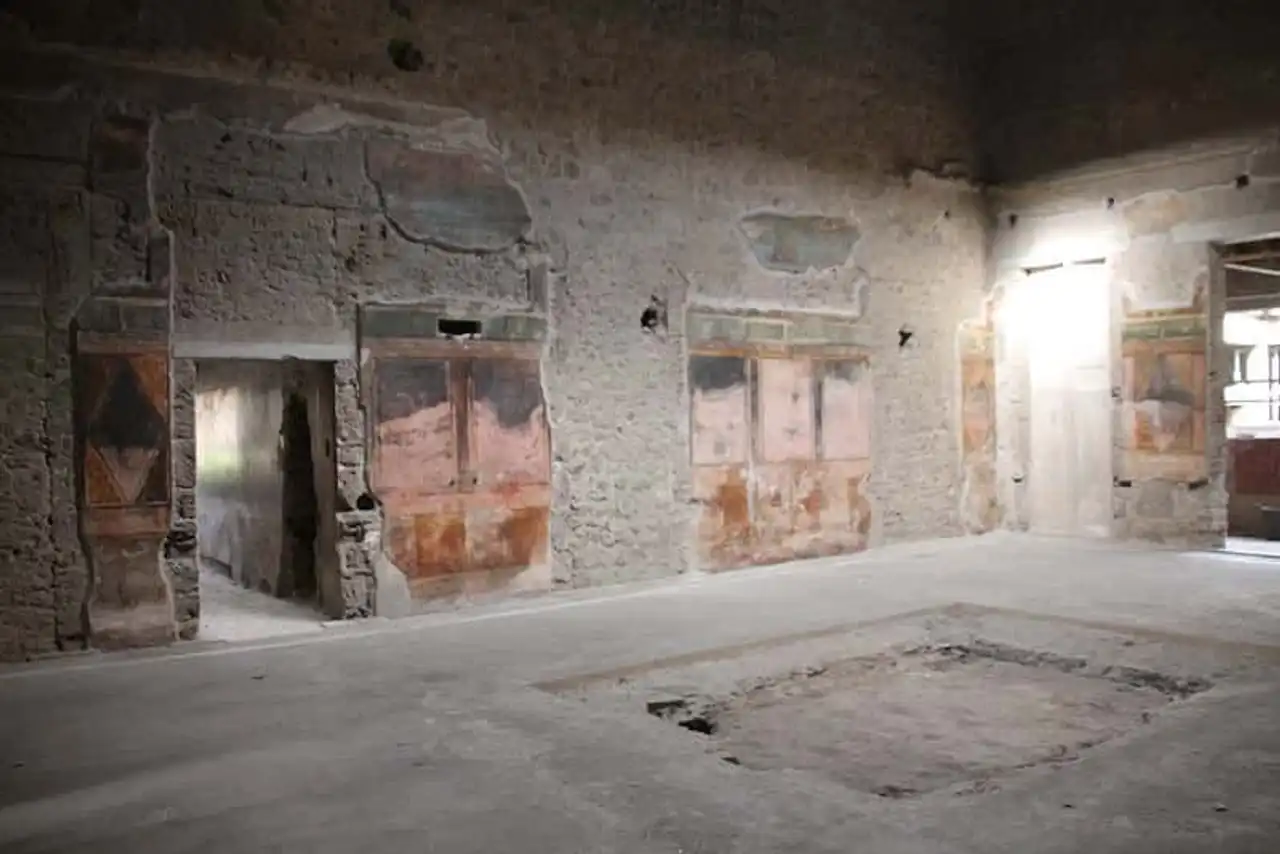
Photo credit: Flickr – Rachel Clarke
Pompey: schedules & rates
The entry ticket for Pompei is €11 in full price and €5.50 for students aged 18-24 and teachers. Admission is free for EU citizens under the age of 18. Every first Sunday of the month all sites are free.
Des guided tours in French are organized from Naples or Sorrento.
The entry prices in Herculanum are the same. There is a 21€ ticket that allows you to visit Pompeii, Herculanum, Oplontis, Boscoreale and Stabiae for 3 consecutive days. This 3-day pass is 30€ if take the "slip-slip" option.
Opening dates and times
From April to October: open from 8:30 am to 7:30 pm (Billetterie closes at 6:00 pm) From November to March: open from 8:30 am to 5:30 pm (Billetterie closes at 3:30 pm)
Closed on January 1st, May 1st, December 25th. Attention, the bags and bags are not allowed inside the site.
The visit of the archaeological ruins of the site of Pompeii with a cut-file ticket
To visit Pompéi in a serene way, book your skip-line ticket in advance. For only 15€, this allows you several advantages:
- No queue,
- Ticket with immediate confirmation on smartphone,
- It's worth a day.
- Visit at its own pace.
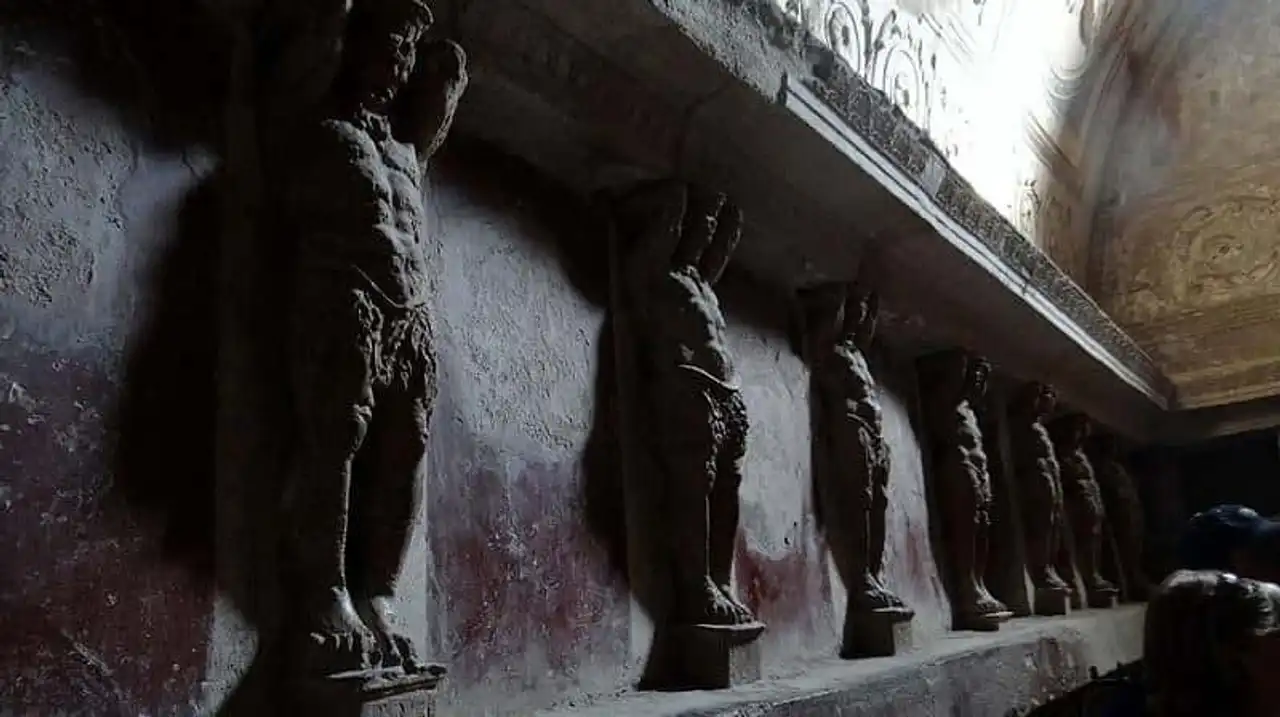
Photo credit: Flickr – Rob
Main photo credit: Flickr – Mark Vuaran
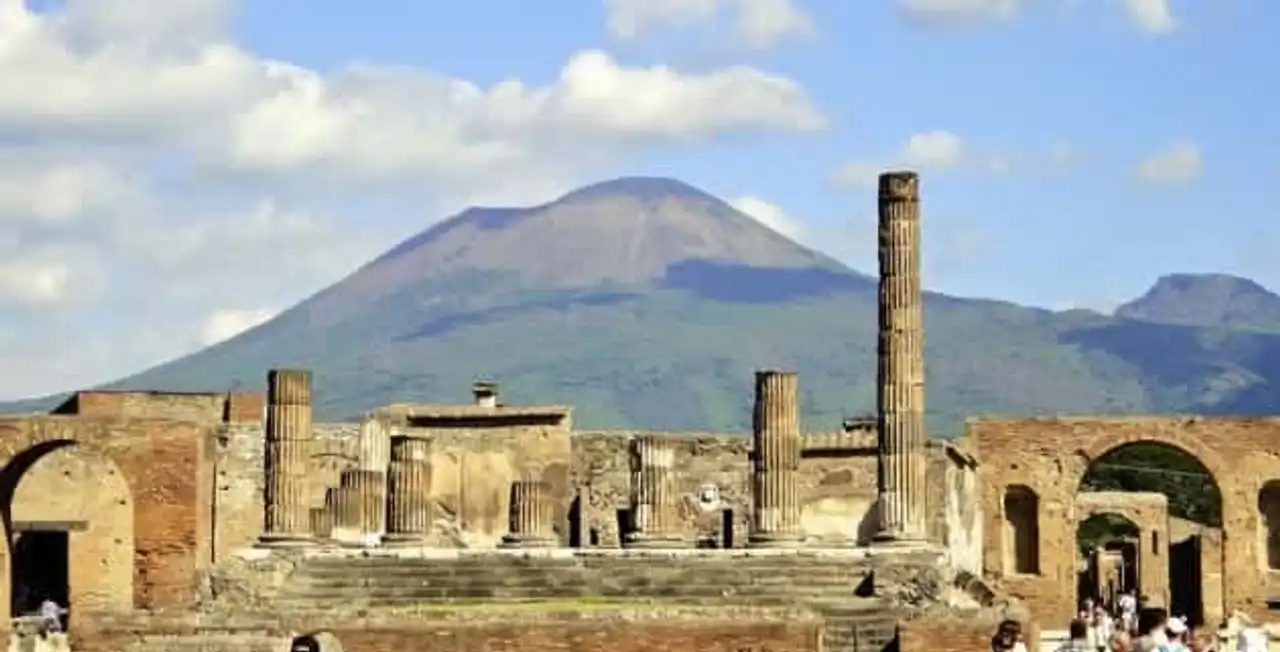






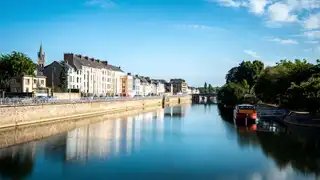
Loading comments ...